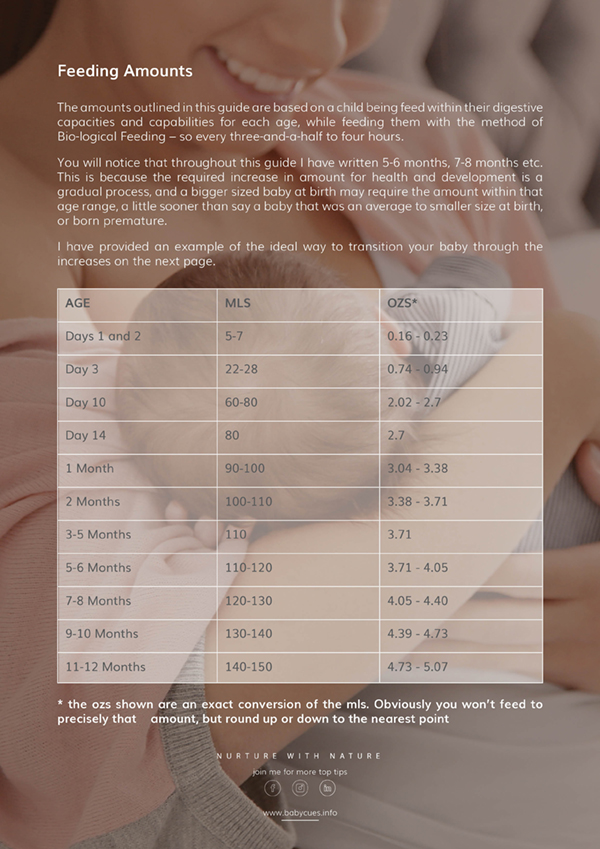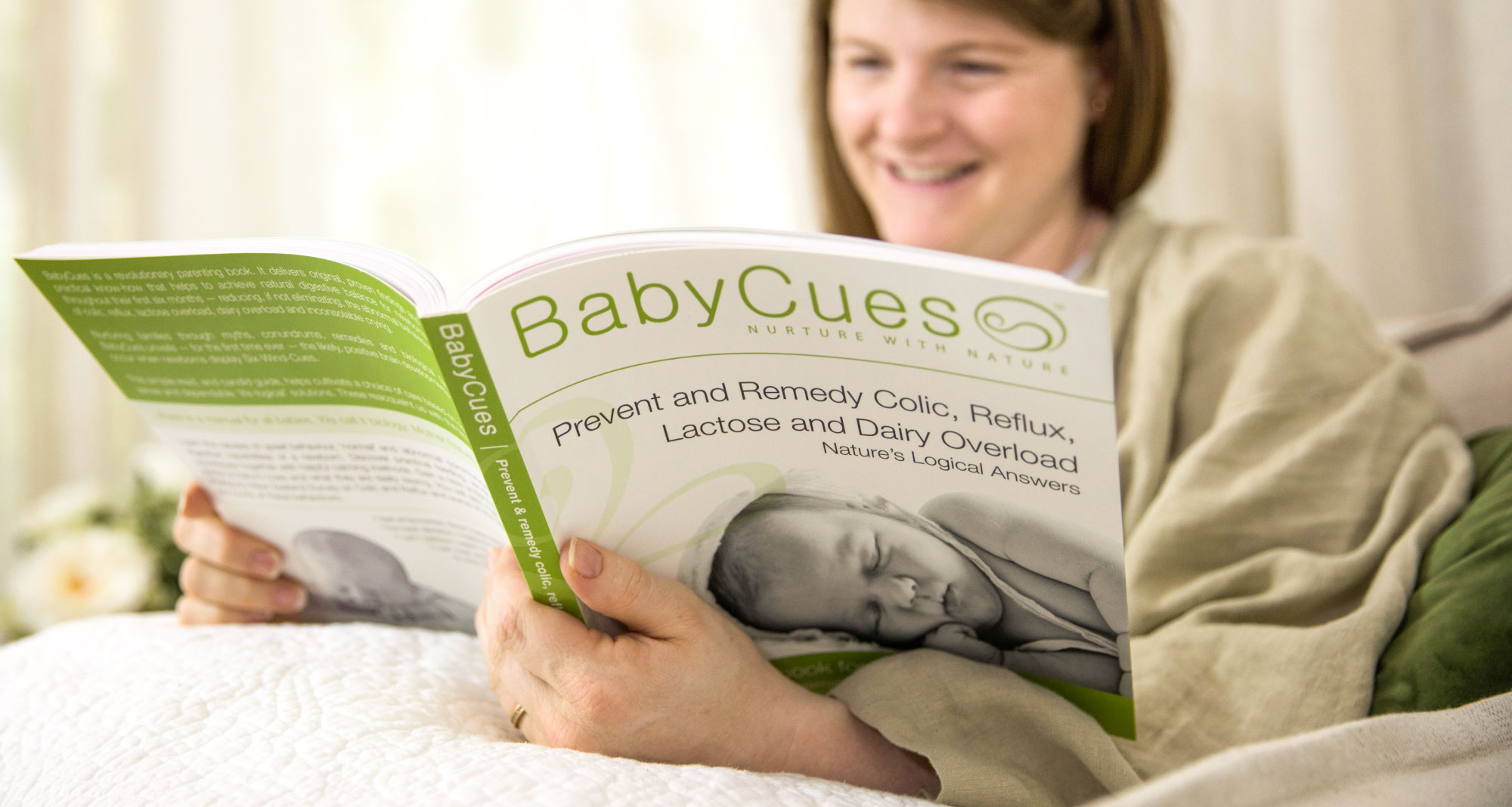Cluster Feeding Lacks Research

The first time that I truly noted the lack of research that actually supports cluster feeding as a healthy care practice, was when I was invited to join a study on childhood obesity. Sam Marsh at Auckland University, approached me to be one of the consultants on her two year study on childhood obesity for 0-5 year olds, with me focusing on the 0-1 age group.
“I have been searching everywhere for research that categorically shows cluster feeding to be a normal practice and healthy for babies,” said Sam. “But I can’t find any”. Not I can’t find much, I can’t find any! This really made me want to dig a little deeper.
So I had a chat with a local midwife that I hold in high regard for her knowledge and expertise. She sent me a link to an article1 that cited some of the prominent and greatly used research to support the practice of cluster feeding - but only one article.
It’s this article that I want to take a look at with you here.
Research and statements made in the article
Cluster feeding extends the nursing period. Or does it?
Study and statement one
"Two groups had the baby put to the breast within 10 min of delivery and the other two began breast-feeding 4—6 h after delivery. One of each pair of groups fed 2-hourly and the other 4-hourly. Follow-up over 18 months suggested that both early initiation and increased frequency of breast-feeding extended the nursing period, the former having the greater effect. 2-hourly feeding induced lactation at least 24 h earlier than did 4-hourly feeding (Salariya et al 1978)." 2
So a few things come to mind with this study. One, it is done in 1978 and there has been a lot more research accomplished since that time, as there have been health and feeding developments.
Two, it uses the word, suggests. This doesn’t mean that feeding early and increased frequency definitely does extend the nursing period, which the study is actually about – it’s not about the increased frequency (cluster feeding) being healthy or natural, as I asked the midwife to show research for.
Three, personally I believe there are a lot of variables to be considered over an 18-month period, and it’s a bit of a reach to make this suggestion, let alone hold it up as proof that cluster feeding is natural.
Continue reading after the Breastfeeding Diet Meal Plan Combo
Breastfeeding Diet Meal Plan

These carefully crafted meal plans are designed to provide the essential nutrients you need to stay energized and support your baby's growth and comfort, whilst making sure you limit Digestive Overload symptoms for them.


- Two week tailored meal plans
- Over sixty, nutritionally balanced meals
- Evidence backed guidance


YOU'LL RECIEVE
- Two week tailored meal plans
- Over sixty, nutritionally balanced meals
- Evidence backed guidance
What does colostrum do?
We must remember that colostrum is there for a very important reason. It is a nutrient-rich fluid produced by female mammals immediately after giving birth and is loaded with immune, growth and tissue repair factors. It is a complex biological fluid, which helps in the development of immunity in the newborn. It contains significant quantities of complement components that act as natural anti-microbial agents to actively stimulate the maturation of an infant’s immune system. Colostral growth factors have multiple regenerative effects that extend to all structural body cells, such as the gut.3
Speeding up gut maturity
Research also shows us that cluster feeding triggers maturation of motor function4 which asks the newborn’s digestive system to mature faster than they would naturally. Thus, potentially missing out on the full extent of goodness that colostrum offers.
Feeding 3-4 hourly in the first days may be more beneficial, as this actually works alongside the newborn’s natural digestive function, while giving Mum the necessary rest to recoup and help increase supply. We must also remember that hunger is the driving force behind demand so if baby has just been fed an hour ago, they may not be hungry enough to latch and feed properly.
The next piece of research I talk about, showed feeding seven times a day brings about sufficient milk to feed baby. Thus, providing a feed closer to 3 ½ hourly in the first 24 hour period would work just as well, while having the advantage of more recuperation time for baby and mum, along with less agitation to the nipple as they adjusted.
Does frequent feeding increase milk supply?
Study and statement two
"Frequent breastfeeds increase a mother's prolactin levels, and high prolactin levels are needed to establish an adequate milk supply. In a U.S. study, breastfeeding frequency of about 10 times a day (range: 7-13 times a day) was associated with sufficient milk (de Carvalo et al 1982)."5 Newborns are more likely to thrive when they are fed approximately 8-12 times every 24 hours until satiety. Newborns fed this often in the first weeks of life tend to show greater weight gain at 15 days (De Carvalho et al 1983)."
If we take the first part of that statement "Frequent breastfeeds increase a mother's prolactin levels, and high prolactin levels are needed to establish an adequate milk supply.” The conclusion of the study said, “The results of this investigation suggest that present breast-feeding policies that reduce or limit the number of feedings may interfere with the normal processes that eliminate bilirubin from the newborn infant.’6 But then a later study in 1994 concluded that, “There was no correlation between the frequency of breast-feeding and the serum bilirubin level.”7
So there is obviously a little ambiguity around the statement that newborns need to be fed ‘frequently’ to increase prolactin levels to establish an adequate milk supply. Throughout my career, I have had many a breastfeeding Mum start feeding their baby at 3 1/2 to 4 hourly feeding, after the initial breastfeed, that establishes a good milk supply. They also tend to have a reduction in nipple pain, engorgement, blocked ducts, and fast flow while gaining more time to recover. Weight gain for baby has also tracked well.
We also actually find when reading the study that the other group that was feeding on a 3 to 4 hourly schedule (so fed 6-8 times a day) also produced sufficient milk. In fact, when we look at the amount the babies took on day 15 (725 v 502 mL/24 h) the 502mls from 3 to 4 hourly feeding is actually perfect given the size of a baby’s stomach at that age, which can hold 60-80mls.
What is overfeeding for a baby?
It’s also perfect when we understand the innate mechanism of slowed gastric emptying and the conveyor belt like digestive system that newborns have, which you can read more about here. The babies in this study that were being fed 9-13 feeds a day (725mls) were having around 200mls too much for their stomachs according to biology research. This is overfeeding and it stands to reason that the statement would then say, Newborns are more likely to thrive when they are fed approximately 8-12 times every 24 hours. Of course they will. They are being overfed. This doesn’t mean we can now hold this sentence up as the gold standard way to feed a baby.
Continue reading after the Feeding Volume Guide
Feed baby to physiological capacities
This BabyCues Guide outlines the amounts to feed a newborn and infant, up to one year of age, when nurturing with BabyCues Bio-logical Feeding methods, which means feeding baby every three-and-a-half to four hours, thus working alongside our children's natural digestive function.


- foster digestive health
- feed to natural capacities
- Reduce Digestive Overload Symptoms


nurture naturally
- foster digestive health
- feed to natural capacities
- Reduce Digestive Overload Symptoms
In fact, it is this overfeeding that has been clinically proven to start uncomfortable behaviours at around 2-3 weeks (if not before for some) when baby starts to wake up to the world and the discomfort in their body. This is often labelled as colic, reflux, silent reflux, the witching hour and described as normal. I call this Digestive Overload which can be holistically healed and is anything but normal.
It’s also interesting to note that the weight gain of the 3-4 hourly feeders (6-8 times a day) is perfect – 23 grams a day, whereas the frequent feeders put on 37.4 grams a day. While some health professionals would say that is fine and pat mums on the back, this is above World Health Organisation (WHO) Child Growth Standards8 of 5–7oz per week (141.74–198.44g), so 28 grams a day at the greater amount.
In my clinical practice I have newborns putting on 35-57 grams a day and no one has said that this is a problem. When in actual fact this kind of weight gain can create the need to suck, and therefore have parents cluster feeding because of the discomfort the baby feels from the overfeeding. That overfeeding then places stresses on their body at such a delicate and significant time of growth.
Continuing with the statement above which states, “Newborns should be nursed approximately 8 to 12 times every 24 hours until satiety.” 9 I have searched high and low for the actual research that backs this statement up and you know what? I cannot find any. Instead it seems to be derived simply from a book called The Breastfeeding Answer Book, written in 1997, by La Leche League International. If anyone is reading this and knows where the research for this statement comes from and can show me the study, please do get in touch.
In the meantime, what I can find is research on the early developing digestive system that shows us, feeding 8-12 times a day (cluster feeding) would significantly burden the newborn digestive tract to the point of discomfort, explosive bowel motions, fat in bowel motions, crying, screaming, mouthing to suck for comfort rather than food, and having short sleep cycles. Combine this with the information above and the research that says feeding a baby frequently and with cluster feeding is sorely lacking.
Click on the picture below if you would like to read more about the effects of cluster feeding and how this causes colic and reflux symptoms (Digestive Overload).
If anyone reading this has any other research that backs up cluster feeding, please do send it through. It’s like searching for a needle in a haystack.
- http://www.parentingscience.com/newborn-feeding-schedule.html
- https://www.ncbi.nlm.nih.gov/pubmed/82695
- Uruakpa, Florence & Ismond, M.A.H & Akobundu, E.N.T. (2002). Colostrum and its benefits: A review. Nutrition Research. 22. 755–767. 10.1016/S0271-5317(02)00373-1
- Hernell O, Schmitz J (eds): Feeding during Late Infancy and Early Childhood: Impact on Health. Nestlé Nutr Workshop Ser Pediatr Program, vol 56, pp 85–98, Nestec Ltd., Vevey/S. Karger AG, Basel, © 2005
Development of Motility Annamaria Staiano and Gabriella Boccia Department of Pediatrics, University of Naples ‘Federico II’, Naples, Italy - https://www.ncbi.nlm.nih.gov/pubmed/6889034
- https://www.ncbi.nlm.nih.gov/pubmed/7102626
- https://www.ncbi.nlm.nih.gov/pubmed/8141220
- http://www.who.int/childgrowth/en/
- http://pediatrics.aappublications.org/content/100/6/1035#ref-87



